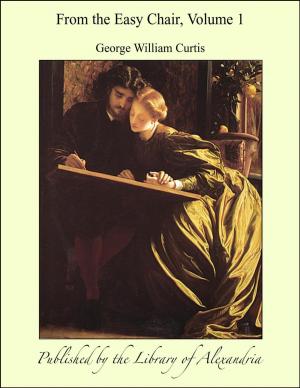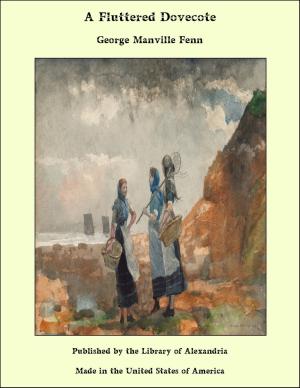The Science of Animal Locomotion (Zoopraxography) An Electro-Photographic Investigation of Consecutive Phases of Animal Movements
Nonfiction, Religion & Spirituality, New Age, History, Fiction & Literature| Author: | Eadweard Muybridge | ISBN: | 9781465543820 |
| Publisher: | Library of Alexandria | Publication: | March 8, 2015 |
| Imprint: | Language: | English |
| Author: | Eadweard Muybridge |
| ISBN: | 9781465543820 |
| Publisher: | Library of Alexandria |
| Publication: | March 8, 2015 |
| Imprint: | |
| Language: | English |
In 1872, the author of the present work at Sacramento, California, commenced an investigation with the object of illustrating by photography some phases of animal movements. In that year his experiments were made with a famous horse—Occident, owned by Senator Stanford—and photographs were made, which illustrated several phases of action while the horse was trotting at full speed, laterally, in front of the camera. The experiments were desultorily continued; but it was not until 1877 that the results of any of them were published. In the meanwhile he devised an automatic electro-photographic apparatus, for the purpose of making consecutive photographic exposures at regulated intervals of time or of distance. Some of the results of his experiments with this apparatus, which illustrated successive phases of the action of horses while walking, trotting, galloping, &c., were published in 1878, with the title of "The Horse in Motion." Copies of these photographs were deposited the same year in the Library of Congress at Washington, and some of them found their way to Berlin, London, Paris, Vienna, &c., where they were commented upon by the journals of the day. In 1882, during a lecture on "The Science of Animal Locomotion in its relation to Design in Art," given at the Royal Institution (see Proceedings of the Royal Institution of Great Britain, March 13, 1882), he exhibited the results of some of his experiments made during a few antecedent years at Palo Alto, California; when he, with the zoopraxiscope and an oxy-hydrogen lantern, projected on the wall a synthesis of many of the actions he had analysed
In 1872, the author of the present work at Sacramento, California, commenced an investigation with the object of illustrating by photography some phases of animal movements. In that year his experiments were made with a famous horse—Occident, owned by Senator Stanford—and photographs were made, which illustrated several phases of action while the horse was trotting at full speed, laterally, in front of the camera. The experiments were desultorily continued; but it was not until 1877 that the results of any of them were published. In the meanwhile he devised an automatic electro-photographic apparatus, for the purpose of making consecutive photographic exposures at regulated intervals of time or of distance. Some of the results of his experiments with this apparatus, which illustrated successive phases of the action of horses while walking, trotting, galloping, &c., were published in 1878, with the title of "The Horse in Motion." Copies of these photographs were deposited the same year in the Library of Congress at Washington, and some of them found their way to Berlin, London, Paris, Vienna, &c., where they were commented upon by the journals of the day. In 1882, during a lecture on "The Science of Animal Locomotion in its relation to Design in Art," given at the Royal Institution (see Proceedings of the Royal Institution of Great Britain, March 13, 1882), he exhibited the results of some of his experiments made during a few antecedent years at Palo Alto, California; when he, with the zoopraxiscope and an oxy-hydrogen lantern, projected on the wall a synthesis of many of the actions he had analysed















